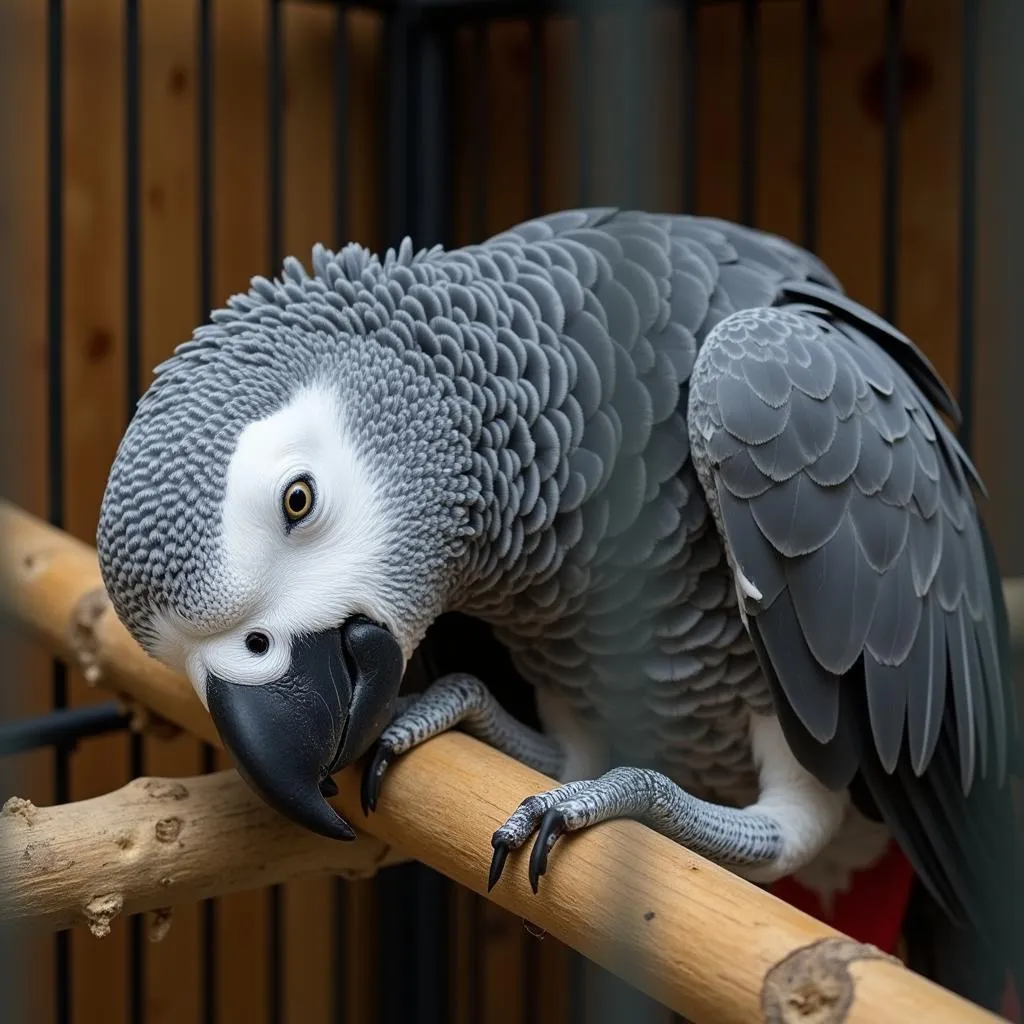Exploring African Folk Art Museums: A Journey Through Cultural Heritage
African Folk Art Museums are cultural treasures that offer a glimpse into the rich and diverse artistic traditions of the continent. These museums house an array of artifacts, from intricately carved masks and sculptures to vibrant textiles and traditional musical instruments. They provide a unique platform for preserving and showcasing the artistic expressions of African cultures, fostering a deeper understanding and appreciation for their heritage.
Unveiling the Power of African Folk Art
African folk art is not merely decorative; it serves as a powerful medium for storytelling, ritualistic practices, and social commentary. Each artifact holds a significant cultural meaning, reflecting the beliefs, values, and experiences of the communities they represent.
“The art is not just about beauty,” explains Dr. Amani Karanja, a leading art historian from Kenya. “It’s about the stories it tells, the rituals it enacts, and the connections it fosters between generations.”
From the intricate patterns woven into fabrics to the symbolism embodied in sculptures, African folk art is imbued with layers of meaning that have been passed down through generations.
Types of African Folk Art
African folk art encompasses a wide range of mediums and styles, reflecting the cultural diversity of the continent. Some of the most prominent types of folk art include:
- Masks: Often used in ceremonies, rituals, and festivals, masks hold significant cultural and spiritual meanings. They represent ancestors, spirits, deities, and other important figures.
- Sculptures: Carved from wood, ivory, stone, or metal, sculptures are used for religious, decorative, and ceremonial purposes. They often depict human figures, animals, and mythical creatures.
- Textiles: Woven, dyed, and embroidered fabrics are used for clothing, household items, and ceremonial purposes. They often feature intricate patterns and symbols that tell stories or convey cultural beliefs.
- Musical Instruments: Traditional musical instruments like drums, flutes, and xylophones play a crucial role in African music and culture. They accompany ceremonies, storytelling, and social gatherings.
The Importance of African Folk Art Museums
African folk art museums play a vital role in preserving and promoting the cultural heritage of the continent. They act as repositories of knowledge and inspiration, showcasing the beauty and significance of African art to a global audience.
- Preserving Cultural Heritage: These museums provide a safe haven for artifacts that are vulnerable to loss, damage, or theft. They ensure that these priceless treasures remain accessible for future generations.
- Educating the Public: By displaying and interpreting artifacts, museums educate visitors about African art and its cultural context. They help to challenge stereotypes and foster a greater understanding and appreciation for African cultures.
- Promoting Cultural Exchange: Museums offer platforms for cross-cultural exchange and dialogue. They connect artists, researchers, and communities, fostering collaboration and promoting cultural understanding.
Visiting an African Folk Art Museum: A Cultural Journey
Visiting an African folk art museum is an enriching experience that allows you to immerse yourself in the continent’s rich artistic heritage. Here are some tips for maximizing your visit:
- Plan your visit in advance: Many museums offer guided tours and special exhibitions.
- Read the museum’s information: Pay attention to the information panels and labels accompanying each artifact. These provide insights into the cultural context and significance of each piece.
- Engage with the staff: Museum staff are valuable resources. Feel free to ask questions and seek further information about specific artifacts or exhibits.
- Take time to appreciate the details: Pay attention to the textures, colors, and patterns of the artwork. Observe the craftsmanship and the symbolism embedded within each piece.
- Connect with the art: Allow yourself to be moved by the art, the stories it tells, and the cultural context it represents.
“Visiting an African folk art museum is like opening a window into the soul of a culture,” says Dr. Karanja. “It’s an opportunity to connect with history, art, and the enduring spirit of Africa.”
FAQs:
Q: What are some of the most famous African folk art museums?
A: Some renowned museums include the National Museum of African Art in Washington, D.C., the Musée d’Art Africain Contemporain in Dakar, Senegal, and the Museum of African Art in Johannesburg, South Africa.
Q: How can I support African folk art museums?
A: You can support museums by visiting them, becoming a member, making donations, or volunteering your time.
Q: Are there online resources for learning about African folk art?
A: Yes, many museums have online collections and websites that offer virtual tours and information about their exhibits.
Q: What are some of the key elements that make African folk art unique?
A: African folk art is often characterized by its vibrant colors, intricate patterns, symbolism, and spiritual significance.
Q: How has African folk art evolved over time?
A: African folk art has evolved alongside social, economic, and technological changes. Contemporary artists often incorporate traditional techniques and motifs into their work, creating a dialogue between past and present.
This journey through the world of African folk art museums has just begun. As you delve deeper into this rich tapestry of creativity and cultural expression, you’ll discover a world of beauty, meaning, and inspiration. Let these museums be your guides as you explore the enduring spirit of African art and its impact on the world.



